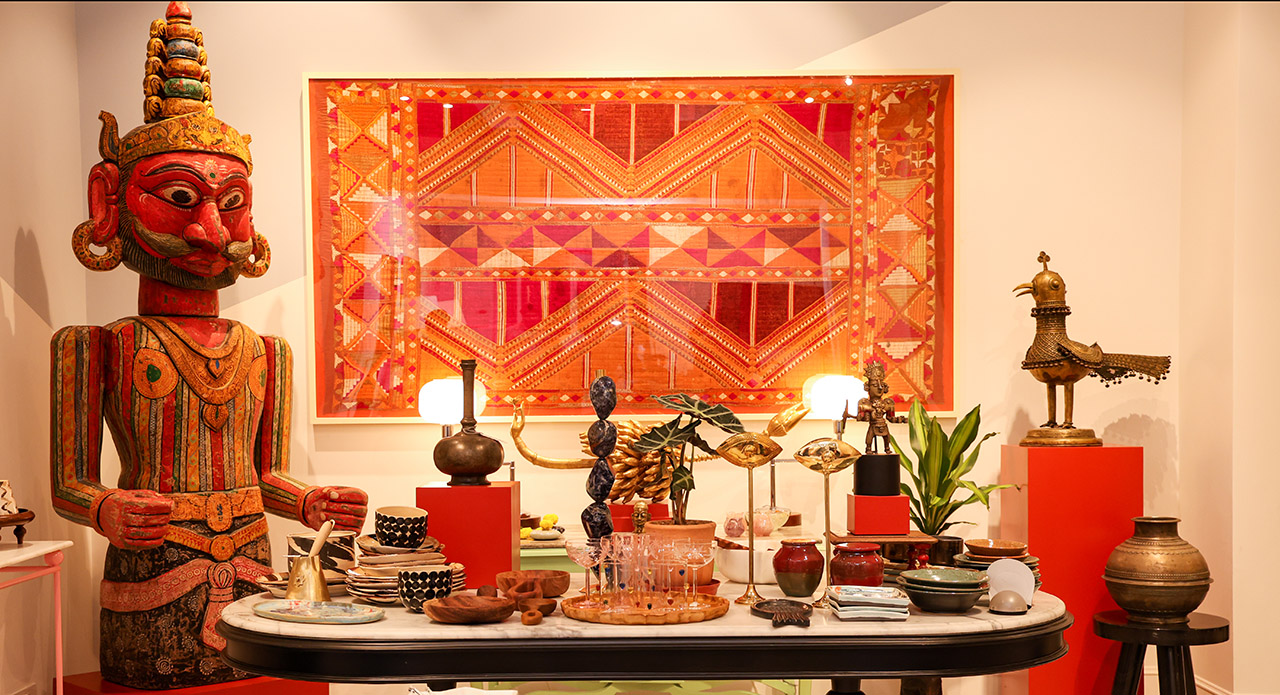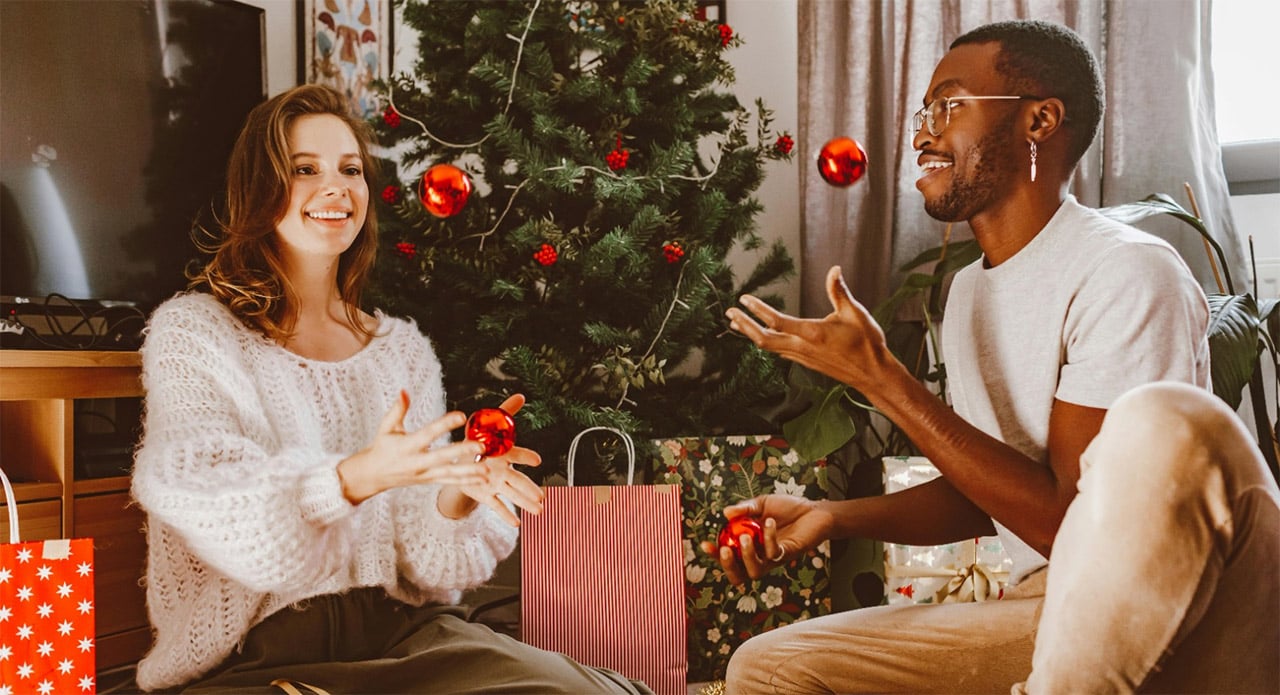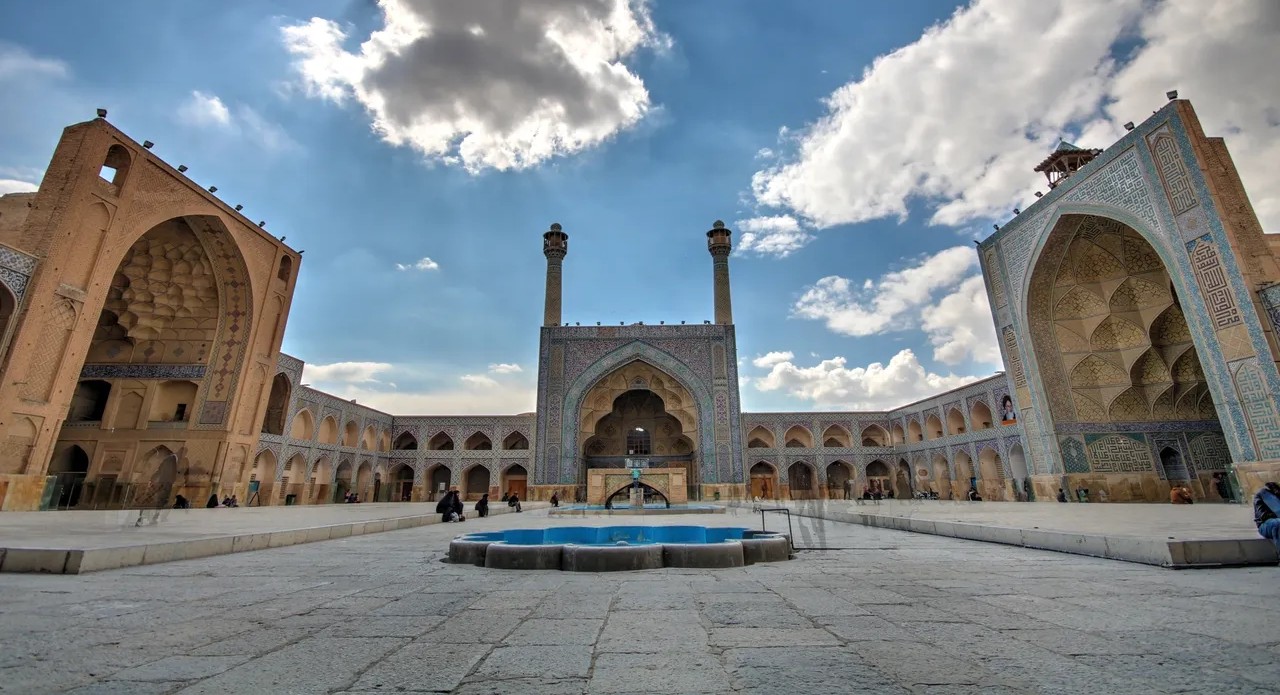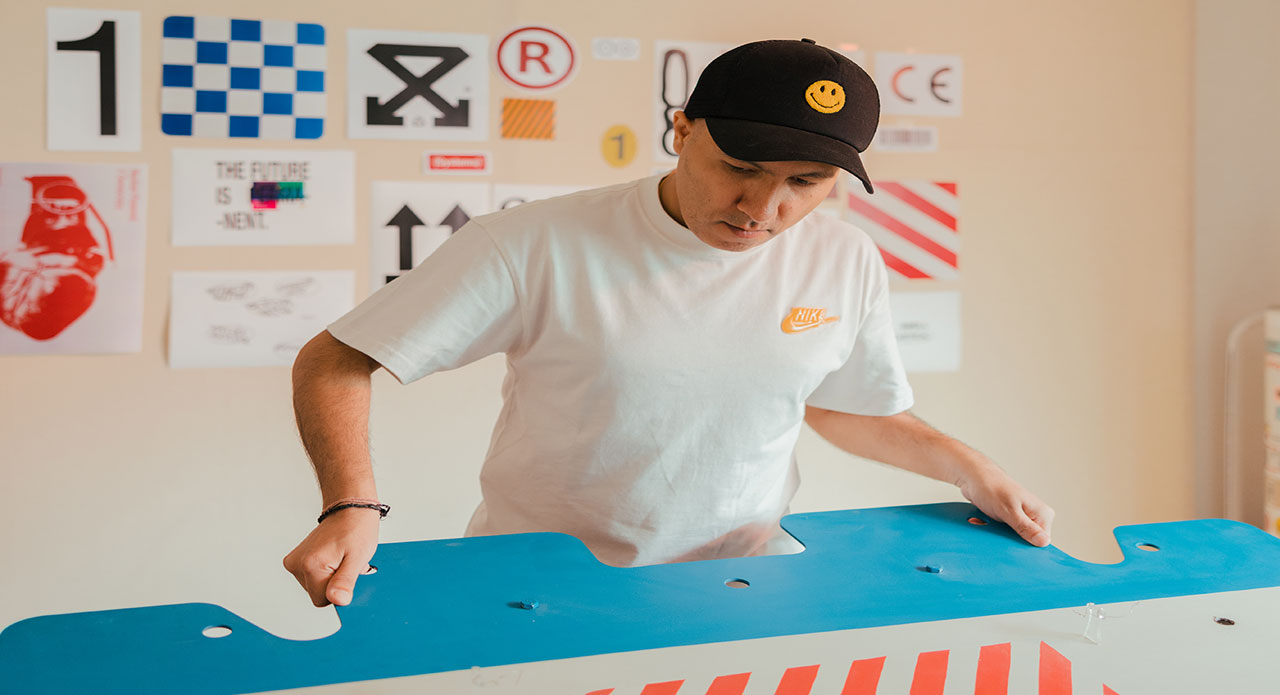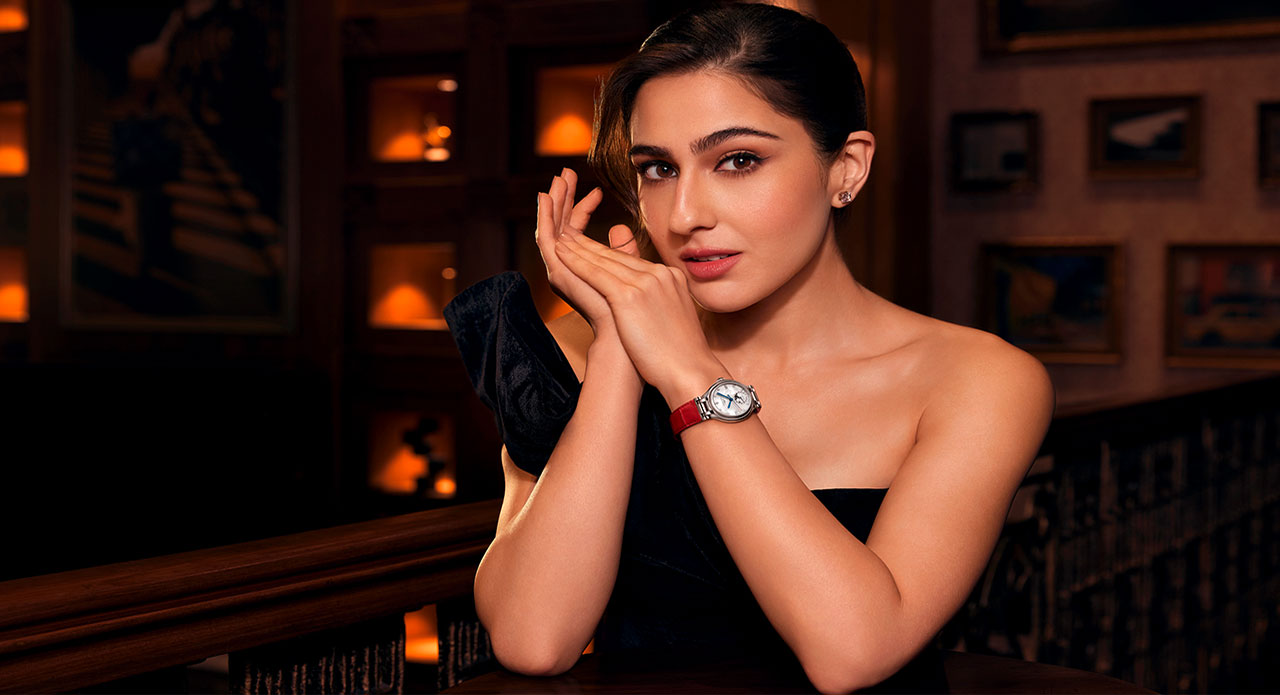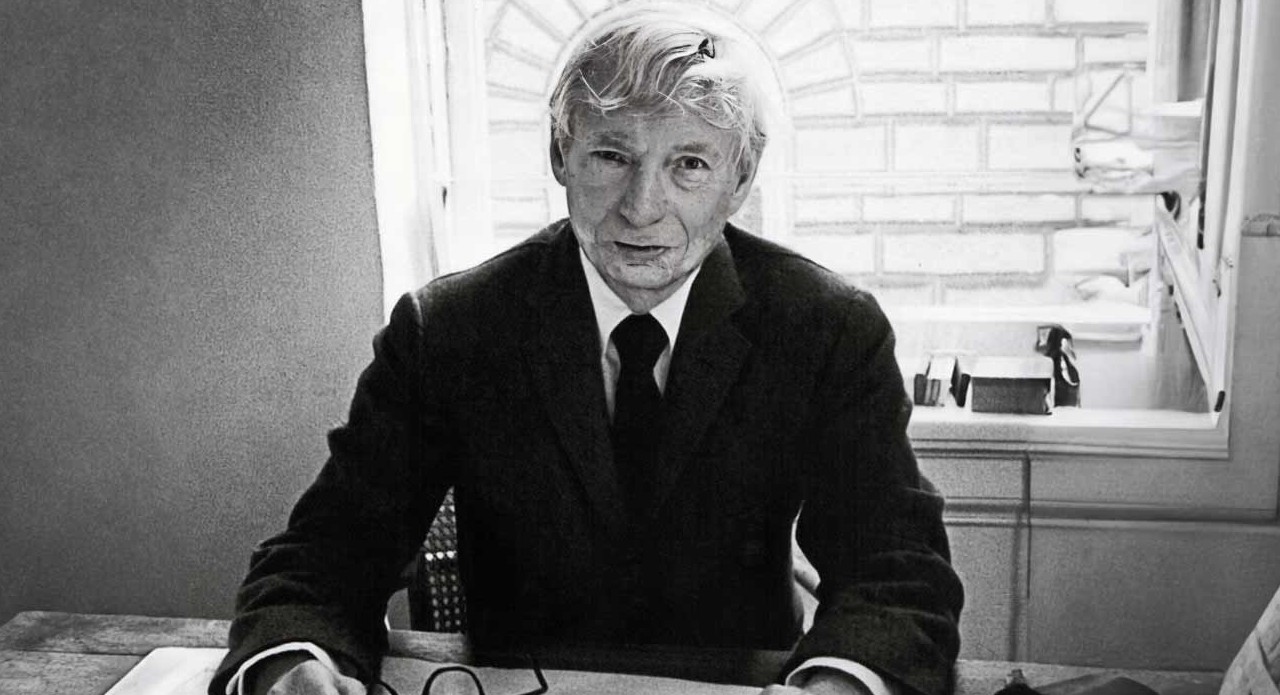L’OBJET, the luxury design and fragrance house renowned for its handcrafted artisan décor items, announced its entry into India in the heart of New Delhi with its first boutique at The Chanakya Mall, New Delhi’s premier luxury shopping destination. Celebrating its 20th anniversary this year, the brand, founded by Elad Yifrach, currently has retail presence in New York, Paris, and London. We caught up with the founder to understand his vision, thoughts on this new market, and his personal connection with the craft.

Q. L’OBJET is synonymous with timeless craftsmanship. How would you strike a balance between artisanal techniques and modern design narratives, especially while entering a new market like India?
Elad Yifrach: I think the essence of the brand is old world craftsmanship before the brand decided the right time to enter India. I have felt for a while that India is going through such a growth phase, and, I mean, there’s always been a deep appreciation of craft in India because it’s such a craft-centric culture. I think the market is now more and more open to the kind of design language that I create, and because of the synergies between the pillars of the brand, which is dining and entertaining, home decor, gifting, I felt there was a very deep connection between who we are and what we stand for, and the lifestyle, the way of life of the Indian culture.
Q. What is your creative process like? Where does inspiration strike you typically? How do you kind of translate it onto your collections?
Elad: A lot of travels, cultures, whether they are ancient cultures or modern cultures, you know, the way that a culture evolves also is very inspiring. Architecture and art is a big influence, and I think I get deep inspiration from our craftsmen. They give us such beautiful vernacular to looking at whenever I have a design, you know, and all of a sudden they start making it and it looks completely different and sometimes even more beautiful than the design that I intended. I think that’s where the magic happens, when it reaches the craftsmen’s hands and the hand starts to play and starts to create and then something that you didn’t even imagine is born. I would say all of our large vases, these large pieces, began with a drawing and then the artisan will play with it and all the hand movement will just completely take it to a whole other level. I like that you leave some for the material to surprise you. Or even in our glasses, sometimes you draw it but you don’t get to see it in the three-dimensional format — the cuts and the contrast of colour is so fantastic. It’s only something you can realise when you start working in the actual material. Every material also has a language of its own.

Q. Many of your pieces kind of, you know, blur the lines between functionality and art, so how intentional is that dialogue?
Elad: So actually all the pieces are functional, even when they look like they’re just an art piece, there’s always a function in them. And I like that play, I like that an object does not come out only when you need to use it, but it can also become part of your environment. So if it looks like an art piece, if it looks like a beautiful sculpture, but then you discover also that there’s a beautiful function to it, I think then it’s a beautiful dance, right?
Q. Absolutely. How far has India inspired you as far as, you know, craft traditions are considered, or is it something that you’re looking to explore?
Elad: This is my 20th time in India. I’ve been coming here for years and I always find it a huge source of inspiration. I’ve been here 20 times and I feel I really don’t even know it yet? It’s so deep and rich in so much history and culture and nuances and art. And I think that’s what keeps me coming. Let’s say Amsterdam. You see it once, you see it twice, maybe you go third time, but then you’ve seen it all. In India, it’s not just the size; it’s how deep and intense the history and the culture is and the nuances. So it’s a constant inspiration and I’m very inspired, of course, by all the craftsmen here because they’re just on another level of connection to the material, which I believe is the most important part in craftsmanship, to feel connected to the material you’re working with. You can see that, you can really see it in everything from the weaving to the metal work to basketry. You really see that the hand and the material have a beautiful relationship. And that’s very inspiring because it just makes you think as a designer; what else can I achieve with this material if the artisan is so comfortable with the material?

Q. You have experienced the artisans’ work over here. Is it something that you’re going to translate in the future to your materials? Are you going to produce anything over here in the future?
There are a few that we work with already that are very profound in what they do. But yes, I would love to be exposed to more and see how I can get even more that I can create here because that would be beautiful. More reasons to come.
Q. What do you think of the discerning Indian customer? While India’s luxury boom is relatively new, but there are new people who are crossing a certain income bracket in the country to afford luxury.
India is a very diverse country and you’ve always had some really incredible wealth here and people that understand and host them. But I think because we become more as humanity, we’re more global. The customers on many levels of wealth brackets are travelling and they are discovering more and more, the beauty of getting inspired by different things that maybe they didn’t see before. I think the customer is more mature than ever for luxury in general, and of course, for life, like luxury lifestyle and fragrance.

Q. Were you kind of convinced about the market because there were a certain population of Indians who are already shopping from the brand earlier?
Yes, in London, we have a big Indian customer base at Harrods, but also in our own boutique. And also in the US as well, where we enjoy a certain customer base. And again, I think the way that I design and the products that we make are very relevant to the way that the Indian customer live.
Q. Is there any particular piece that you’re personally attached to for L’OBJET? Is it like a favourite piece or something which has a special story?
Our fragrances, our perfumes are very close to me because they take a lot of very personal play in the development. I really try them. I live with them because I want to make sure that I enjoy all the notes before we launch a fragrance. So, fragrances, for sure, like our Rose Noir fragrance is one of my favourites because it’s a very special formula, you know, like it’s like when you know you created something good, the formula is really special with like exotic roses and Japanese Ceylon tea leaves. So the grittiness of the earth and the headiness of the petal and that contrast is so special to be able to put together in such nice harmony.

Q. What else inspires you beyond the world of dinnerware and decor?
Music. I’m very, very big on the music. Like I can have, I can enjoy everything from old world music to opera. And I can also enjoy house music. I like to put some beautiful, calm mantras in the studio just to keep the energy at a certain level. So it’s keeps the creative space very calm and focused. It’s whatever I find beautiful, there’s no rule to what I find beautiful. It’s whatever touches me.
Q. What is next for L’OBJET in India? Are there any lifestyle expansions or collaborative projects that are on the horizon?
Nothing that I can talk about just yet. We are going to have a beautiful collection that we’re going to launch here in the end of August, right before Diwali. It will be our 20th anniversary. So this is very much related to our 20th anniversary that’s coming up. And then more surprises I can’t talk about.

Q. If you could design a dinner setting for a historical or cultural figure, who would it be and what would the tablescape look like?
I have two people in mind, either Salvador Dali, because he’s so crazy that I think I would just let my mind go wild with no stops. And the other one would maybe be Yves Saint Laurent, just because of his ultra refinement, but also because he was inspired by so many things from Morocco to safari to antiquities to modern art. There’s no one clear direction. So you can really explore and he’s a big inspiration to begin with. Those two probably.




